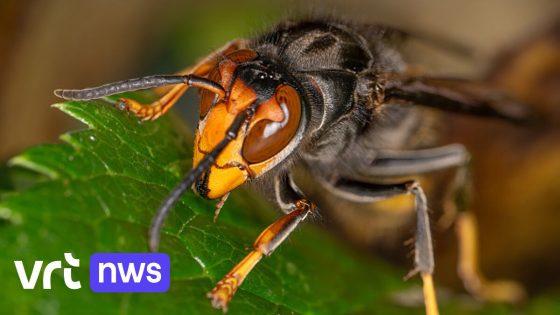The Asian hornet has become a growing concern in Belgium, especially for local beekeepers. Larger than common wasps, these hornets feature a dark head and pale yellow legs, making them distinct in appearance. By 2025-07-17 15:18:00, awareness of their presence and impact has increased significantly across the country.
- Aziatische hoornaars zijn groter dan gewone wespen
- Ze hebben donkere kop en gele poten
- Europese hoornaar is iets groter dan Aziatische
- Europese hoornaar heeft geel gestreept uiteinde
- Aziatische hoornaars bedreigen bijenbestanden aanzienlijk
- Europese hoornaars vangen minder bijen dan Aziatische
Unlike the European hornet, which is slightly bigger and has yellow-striped ends with dark legs, the Asian hornet poses a more serious threat. It is known to aggressively prey on bees, sometimes raiding entire hives and causing substantial damage to Belgium’s vital bee populations.
How can beekeepers and residents distinguish between the two hornet species? And why does this difference matter so much for our local environment? The answers lie in understanding their behaviors and risks, which we explore below.
Why is the Asian hornet considered more dangerous than the European hornet? The key lies in their feeding habits and impact on bees:
- Asian hornets frequently attack and decimate bee hives, harming honey production and pollination.
- European hornets rarely prey on bees, posing less risk to beekeepers.
- Identification differences help locals take timely action to protect apiaries.
- Understanding these traits is vital for effective monitoring and control strategies in Belgium.
As the Asian hornet continues to spread, Belgian communities and beekeepers must stay vigilant. Reporting sightings and supporting local efforts can help safeguard our bees and maintain biodiversity for the future.

































